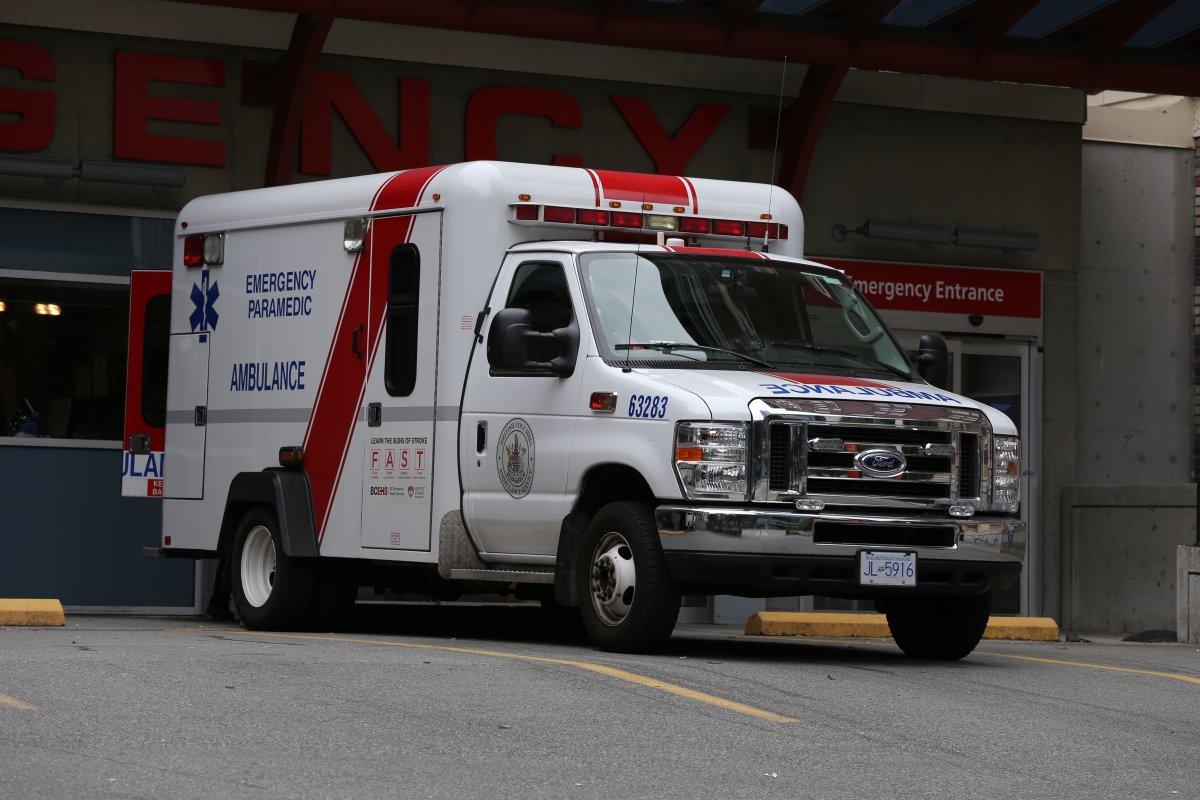A Metro Vancouver emergency room doctor is leading a push to have ambulance paramedics stock ketamine to help patients deal with pain while in transport to hospital.

First developed in the 1960s and deployed during the Vietnam war as a battlefield anesthetic, in recent decades, ketamine has developed a reputation as a rave drug under the street name “Special K.”
That’s something Dr. Gary Andolfatto wants to change due to personal experience.
In 2014, Andolfatto had a serious bike crash while riding in the backcountry. He had to hike himself out of the bush with a broken femur, and when he finally made it to an ambulance, he was told his pain-killing options were limited.
“I was a bit shocked to discover that the only thing they had was nitrous oxide, which works for some people but didn’t really work for me,” he said.
WATCH: Chinese police seize over seven kilograms of ketamine in drug bust
“I listened to this impassioned plea from the paramedic who said that this kind of situation happens to them all the time … he worked in rural communities as well, where they have transport times of several hours.”
Andolfatto is also a UBC professor who does research in anesthetics and pain management, and he began a new study into the possible use of intranasal ketamine en route to hospital.
That research has now been published in the journal Annals of Emergency Medicine.
The study looked at 120 patients suffering acute pain — all of whom were given nitrous oxide, as is current protocol.
Half of the patients were also given ketamine, and results showed a “clinically significant” reduction of pain.
According to Centre for Addiction and Mental Health (CAMH), ketamine can produce “vivid dreams and a feeling that the mind is separated from the body.” This effect is known as “dissociation.”
WATCH: Calgary-based scientists work toward producing safer pain medication

He said the drug shows promise because it is not physically addictive, it is cheap and it has fewer dangerous side effects.
Advanced and critical care paramedics in B.C. are already permitted to use ketamine to relieve pain.
However, 70 per cent of paramedics in the field are primary care paramedics, who are not rated to administer the drug.
Andolfatto says his research now provides the starting point to get the drug deployed in more communities, including rural areas where most paramedics are primary care paramedics.
“We now have the science that shows it works,” he said. “Now comes the clinical implementation piece — let’s get it out in the field and get people actually using it.”
He’s advocating a “slow and steady” approach, which would see the drug deployed in one community at a time — such as Prince Rupert, where primary care paramedics are now using it.
“The sensible approach is to start small, get the systems in place and slowly spread it out over the province,” he said.




Comments